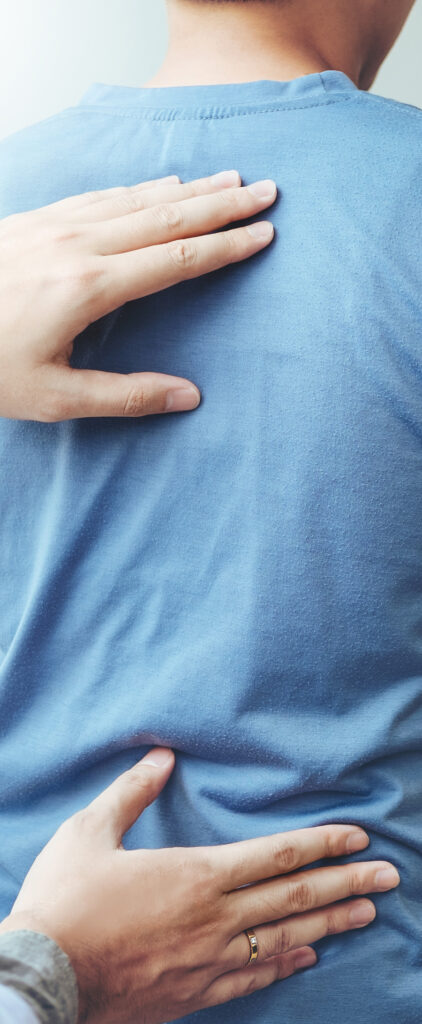At Comprehensive Medical Care, we understand that dealing with musculoskeletal pain can be a profoundly challenging experience. These issues can significantly impact your quality of life, whether it’s persistent neck or back pain, sciatica, myofascial pain, or chronic headaches. Our dedicated team in Monroe Township is here to support you through these difficulties with our patient-centered chiropractic care.

When you visit Comprehensive Medical Care, with our Chiropractic services, you can expect a thorough evaluation and a personalized treatment plan tailored to your needs. Our chiropractors will:
Our goal is to make you feel comfortable and informed every step of the way.
Personalized Treatment Plans
When you visit Comprehensive Medical Care, with our Chiropractic services, you can expect a thorough evaluation and a personalized treatment plan tailored to your needs. Our chiropractors will:
Our goal is to make you feel comfortable and informed every step of the way.
Comprehensive and Integrative Pain Management
Our board-certified doctors, including interventional pain management physician, neurologists, and chiropractic physicians, collaborate to provide a thorough and compassionate approach to your care. In addition to chiropractic care, we offer pain management services such as acupuncture, physical therapy, and occupational therapy. This ensures you receive the most appropriate and effective treatment for your needs. Our integrative approach is designed to address the root cause of your pain, not just the symptoms, giving you the best chance at lasting relief and improved quality of life.
We develop a precise understanding of your condition using the latest diagnostic tools like X-rays, MRIs, and ultrasounds. This enables us to create a customized treatment plan that may include:
Comprehensive Medical Care believes in empowering our patients to take control of their health. Our Monroe Township chiropractic care services are designed to support your overall well-being and enhance your quality of life. With our patient-centered approach, you are the hero of your health journey, and we are here to guide you every step of the way.
FASSST Sports MedicineFor those dealing with sports-related injuries, our FASSST Sports Medicine program is designed to address a wide range of issues, from muscular strains and ligamentous sprains to rotator cuff tears and concussions. We aim to get you back to your active lifestyle quickly and safely.
At Comprehensive Medical Care, we value your time and well-being. Our team works tirelessly to provide rapid relief and comprehensive support. We proudly serve Edison, Monroe, and the surrounding areas, offering a range of insurance options to make your care accessible.








Monday: 9:00 AM – 8:00 PM
Tuesday: 9:00 AM – 8:00 PM
Wednesday: 9:00 AM – 8:00 PM
Thursday: 9:00 AM – 8:00 PM
Friday: 9:00 AM- 6:00 PM
Sat-Sun: CLOSED
311 Spotswood Englishtown Road
Monroe Township, NJ 08831
Monday: 9:00 AM – 8:00 PM
Tuesday: 9:00 AM – 8:00 PM
Wednesday: 9:00 AM – 8:00 PM
Thursday: 9:00 AM – 8:00 PM
Friday: 9:00 AM- 6:00 PM
Sat-Sun: CLOSED
All Rights Reserved – 2024 | Website Managed by Five Star SEO